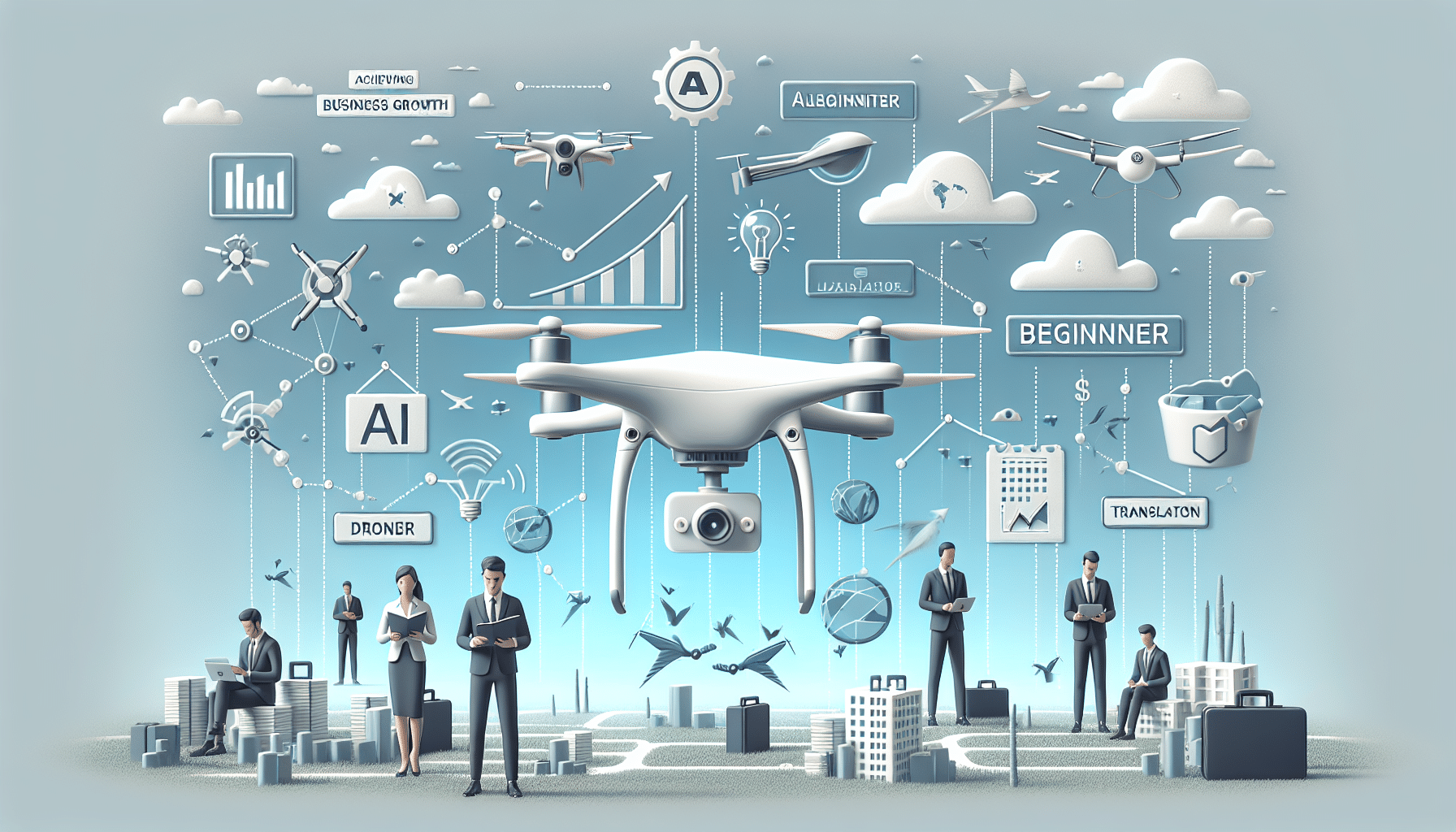About eldris
At Eldris, we automate SEO, multilingual site expansion, and EU compliance for brands scaling across Europe. Our AI-powered platform handles everything from content publishing to regulatory docs—so you don’t have to.
In This Article
- AI Translation enables rapid and accurate multilingual communication, crucial for global business growth.
- Localising content culturally and contextually helps build stronger connections with international customers.
- Automated translation offers significant cost savings compared to traditional human translation services.
- Customer support benefits with AI-powered multilingual systems that enhance satisfaction and scale value.
- Industries from eCommerce to healthcare are already realising high ROI from implementing AI Translation.
- Advanced tools ensure high translation quality and brand consistency through feedback loops and terminology controls.
- Future trends include AI-generated native multilingual text and real-time voice/audio translations for broader engagement.
- AI insights offer detailed analytics on translation effectiveness, helping optimise global strategy and campaign success.
- With AI Translation, businesses no longer face barriers to internationalisation and cultural customisation.
- Now more than ever, leveraging AI language solutions is essential for achieving long-term global competitiveness.
The Role of AI Translation in Business Expansion
Breaking Through Language Barriers
AI Translation provides businesses with the ability to communicate effectively across linguistic divides, revolutionising international outreach. Traditional translation services often rely on manual labour, which is both time-consuming and expensive. In contrast, AI-powered solutions break these barriers almost instantly, allowing content to be translated into multiple languages with incredible speed. This capability not only saves time but dramatically reduces costs, enabling even mid-sized enterprises to access markets that were previously out of reach. By integrating AI Translation into strategic communication and marketing plans, businesses can ensure their brand message reaches potential customers in their native languages—building trust, increasing conversions, and fostering loyalty.

Market Reach with Multilingual Content
Creating Localised Experiences
Creating content that resonates with global audiences requires more than word-for-word translation—it requires cultural and contextual localisation. AI Translation models are increasingly being trained to understand and reproduce local idioms, consumer behaviour patterns, and cultural references. This allows marketing campaigns, product descriptions, and customer communication to reflect authentic voice and tone in every market. As a result, businesses can achieve a level of personalisation previously attainable only through local hiring or outsourcing. Modern AI translation engines, particularly those driven by neural networks, are developing the nuance and contextual acumen to rival native speakers, thereby bridging the last mile between content creation and customer comprehension.
“Expanding globally doesn’t just mean speaking your audience’s language—it’s about understanding their culture. AI Translation lets brands do both at scale.”
Driving International Sales with AI Translation
AI Translation has a profound impact on global sales performance. By delivering product information, user guides, and customer reviews in multiple languages, businesses encourage more informed purchases. Localised product pages consistently outperform generic English-only ones in non-English-speaking regions. Studies show that consumers are more likely to buy when information is presented in their native language—even in B2B transactions. Additionally, AI translation systems integrated into eCommerce platforms automatically update newly added product content for every target language, removing latency and enabling real-time market responsiveness. This swift translation capability boosts website dwell time, reduces bounce rates, and increases cart conversions across borders.
Enhancing Customer Support in Native Languages
Customer service is one of the most critical touchpoints in maintaining satisfaction and loyalty. AI Translation integrated into help centres, live chats, and chatbot systems allows businesses to respond in the user’s preferred language without human intervention. Natural language processing (NLP) enhancements enable automated systems to understand user intent—even in slang or conversational phrasing—responding naturally and helpfully. As AI grows more sophisticated, businesses can deploy multilingual support without hiring native agents for every language. Such systems not only scale service levels globally but also standardise it—ensuring that a user in Tokyo has the same seamless experience as one in London or Buenos Aires.
Speed and Scalability: AI vs. Traditional Translation
One of the key advantages of AI Translation is its superior speed and scale. While a professional human translator may process a few thousand words per day, AI translation services can handle millions in minutes. This makes AI ideal for large-scale content projects such as legal documents, catalogues, technical manuals, and user-generated content. Businesses rolling out multi-country campaigns can localise at speed, ensuring product launches and promotional materials go live concurrently worldwide. Moreover, cloud-based translation APIs allow seamless integration into business systems—from content management systems (CMS) to customer relationship management (CRM) platforms. The pace at which AI operates provides first-mover advantages in capturing foreign market share ahead of competitors.
Industries Leading in AI Translation Adoption
Several industries are already experiencing transformative outcomes through AI Translation. In the eCommerce sector, platforms translate millions of product listings daily to serve global customers. The travel and hospitality industry employs AI translation to localise booking systems, hotel descriptions, and review responses. Education technology platforms use AI Translation to offer coursework in multiple languages, expanding accessibility worldwide. Healthcare providers utilise it to offer multilingual patient information and online appointment bookings. Financial services, too, are investing in translation AI for legal documents, compliance communication, and customer support. These industries are not only adopting AI Translation—they’re seeing measurable ROIs through better engagement and global expansion.
Cost Benefits of Automated Translation
Budget constraints often limit how extensively a business can localise its content. Traditional translation services, which bill by the word or per hour, pose ongoing costs that scale poorly as demands increase. Conversely, AI Translation platforms offer cost-effective solutions through subscription-based pricing or one-time licensing. Once integrated, large volumes of content can be translated at near-zero marginal cost. Moreover, AI tools eliminate long turnaround times for multi-language projects—reducing project costs linked to delays. Some businesses report saving up to 90% compared with traditional translation workflows. These savings allow funds to be reinvested in customer acquisition, analytics, or further localisation efforts, creating a growth multiplier.
Ensuring Content Accuracy and Quality
There is an understandable concern about the accuracy of AI Translation. While early models produced inconsistent output, advancements in machine learning have elevated AI-generated translations to new levels of precision. Today’s neural machine translation (NMT) systems are fine-tuned with industry-specific terminology and ongoing usage feedback. Post-editing tools—often guided by AI themselves—highlight areas needing human review, allowing for collaborative workflows. Businesses in highly regulated industries can apply glossaries, termbases, and translation memories to ensure consistency and accuracy across documents. Through these mechanisms, companies maintain full control over brand voice while still enjoying the gains AI Translation delivers in speed and scale. For regulated industries like finance or pharmaceuticals, this balance is vital.
Leveraging AI for Feedback and Insights
AI Translation offers performance metrics far beyond word count. Businesses now track how translated content influences user behaviour—using AI-powered analytics to measure bounce rates, conversion rates, and customer engagement by region. These insights help optimise target locales, refine messaging, and determine which languages yield the highest ROI. Translation platforms also incorporate user feedback to improve future output, with systems learning continuously from edits and corrections. This feedback loop turns translation from a static task into a performance-enhancing process. For data-driven marketers, AI enables campaign iteration at speed, informed directly by audience response in real-time, across a multilingual spectrum.
Future Trends in AI Language Solutions
The future of AI Translation paints an even more dynamic picture. Voice translation is becoming more accurate, enabling businesses to enter audio-based channels like podcasts, spoken advertising, and voice assistants across languages. Real-time subtitle generation during webinars and video calls allows dynamic, cross-cultural collaboration and content delivery. Simultaneously, AI-generated multilingual content creation—text written in multiple languages natively by AI—could eliminate the need for translation altogether. As large language models continue to increase in complexity and power, expect even more personalised localisation that adapts tone, format, and structure based on both regional and individual user preferences. The coming years will see AI Translation becoming both invisible and indispensable for global businesses.
Conclusion: Going Global with AI-Powered Translation
[CONCLUSION_CONTENT]
Great guide on achieving-business-growth-through-ai-powered-translation – Community Feedback
<!– Learn more about AI-Powered Translation for Multilingual Business Growth –>
<!– Read a related article –>
<!– Explore the economic impact of AI translation on global trade –>
How does AI-powered translation drive business growth?
AI-powered translation enables companies to enter new markets quickly by breaking language barriers, improving communication, and providing localized content that resonates with diverse audiences.
What industries benefit most from AI-driven translation?
E-commerce, SaaS, tourism, education, and finance benefit significantly, as they often require fast, accurate, and scalable translation to serve global customers.
Is AI translation accurate enough for business-critical content?
AI translation has advanced dramatically, combining neural networks and contextual understanding. However, for highly technical or legal content, human review remains recommended for accuracy.
Can AI translation help with analyzing multilingual customer feedback?
Yes, AI can analyze and translate feedback from multiple languages, unlocking valuable insights and empowering more responsive customer support across regions.








